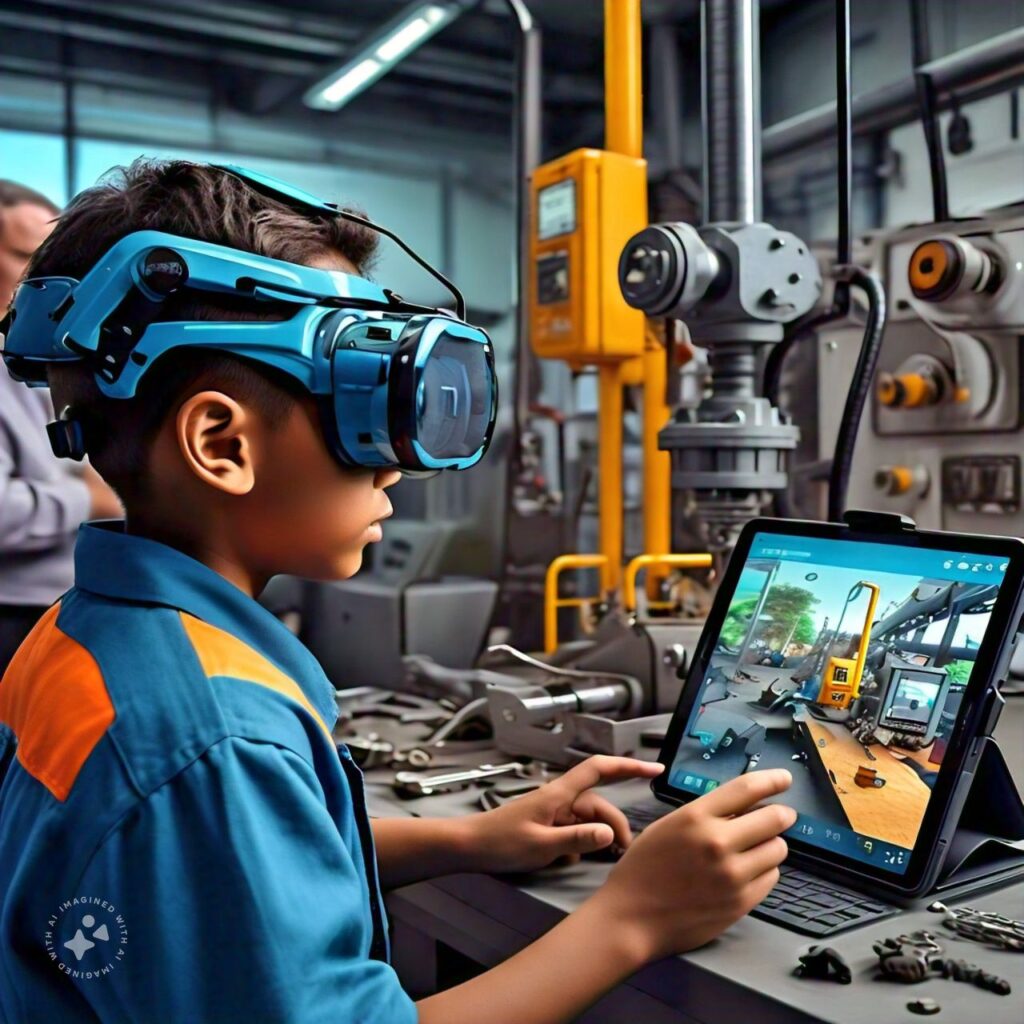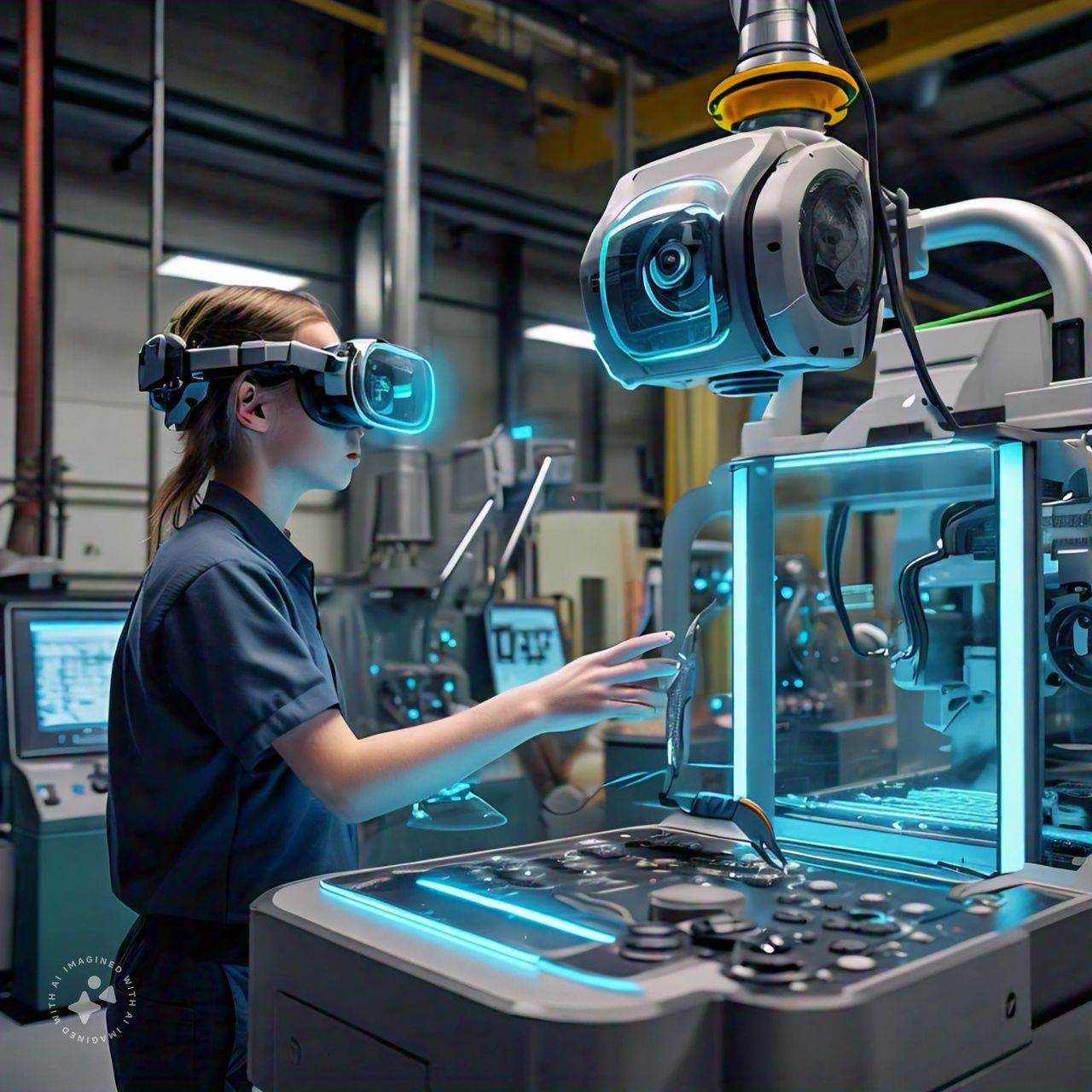In the fast-evolving landscape of technology, augmented reality (AR) is revolutionizing industries, particularly in training. AR merges the physical and digital worlds, creating interactive experiences that simplify complex tasks. In industrial settings, where precision and expertise are paramount, AR has become a game-changer, offering innovative ways to teach, learn, and develop skills.
Industries like manufacturing, healthcare, and logistics are adopting AR to bridge the skills gap. By overlaying digital information onto real-world environments, AR allows trainees to gain hands-on experience without risking equipment or safety.
How AR is Transforming Industrial Training
AR’s impact on industrial training is profound. Here’s how it’s transforming the space:
- Realistic Simulations: Trainees can work with virtual equipment or scenarios that mirror real-world challenges.
- Interactive Learning: Unlike traditional methods, AR makes learning immersive, using 3D visuals and real-time feedback.
- Reduced Training Time: With AR, employees can grasp complex concepts faster, cutting down the overall time spent on training.
For instance, an engineer learning to assemble machinery can use AR glasses to see step-by-step guides overlaid directly onto the equipment. This eliminates guesswork and improves retention rates.

Augmented Reality in Industrial Training
Benefits of Using AR in Skill Development
Implementing AR in industrial training comes with a plethora of benefits:
- Enhanced Engagement: AR keeps trainees motivated and focused.
- Cost Savings: Virtual training reduces the need for physical resources and minimizes damage risks.
- Improved Safety: Workers can practice hazardous tasks in a risk-free virtual environment.
- Customization: Training modules can be tailored to individual learning paces and styles.
Moreover, AR ensures consistent training across global teams, maintaining quality and standards regardless of location.
Challenges and Solutions in Adopting AR for Training
While the advantages are clear, integrating AR isn’t without hurdles:
- High Initial Costs: Developing AR systems can be expensive.
- Technological Barriers: Older facilities may struggle to integrate AR due to outdated equipment.
- Resistance to Change: Employees may hesitate to adopt new technology.
To overcome these challenges, companies should start small—using AR for specific tasks before scaling. Partnering with AR specialists can also ease the transition, ensuring the technology fits seamlessly into existing workflows.
Future Prospects of AR in Industrial Training
The future of AR in industrial training looks promising. With advancements in hardware and software, AR tools are becoming more affordable and accessible. Upcoming innovations like AI-powered AR and holographic projections are set to further enhance training.
Industries embracing AR now will not only improve their workforce’s skills but also gain a competitive edge in the market.
Conclusion
Augmented Reality is redefining industrial training, making skill development more engaging, efficient, and safe. By investing in AR, businesses can prepare their workforce for the demands of tomorrow.
Want to experience innovation in your industrial training? Explore the transformative power of AR and take your skill development to the next level.















Leave a Reply